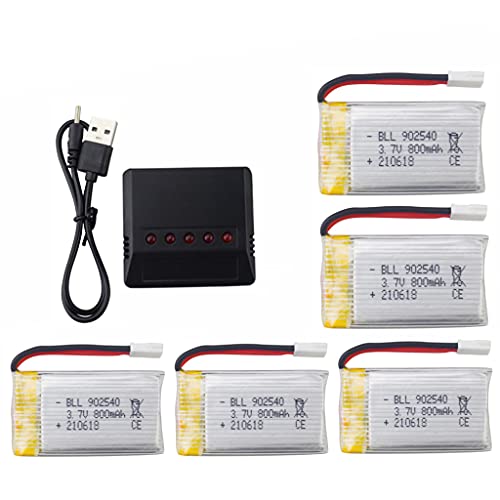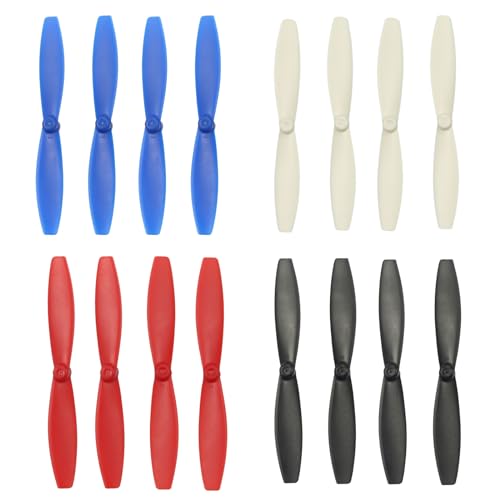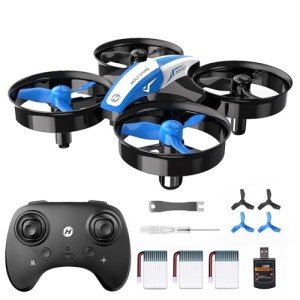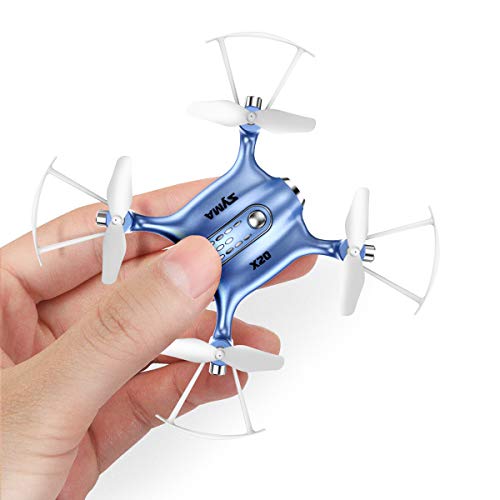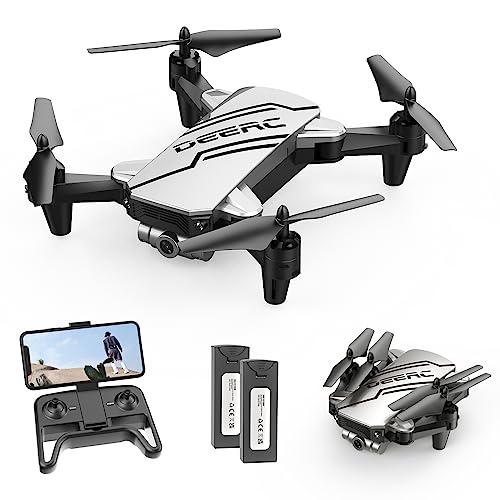First things first, pick the right drone. For beginners, look for something user-friendly and easy to handle. In most cases, you want a drone that comes with features like altitude hold and one-key takeoff. This way, you can focus on enjoying your flight without stressing over technical stuff. Popular options like the DJI Mini or the Holy Stone HS720 are great starter drones.
Before you fly, ensure you understand the rules and regulations in your area. Different countries and regions have specific laws when it comes to flying drones. Knowing where you can and can't fly helps you avoid potential fines and lets you keep your flying experience fun and safe.
Once you have your drone and know the rules, it's time to practice. Start by flying in an open area away from people and obstacles. This will help you get a feel for the controls. Flying slowly and gradually getting comfortable is key. Don’t rush it; you'll be a pro before you know it!
Keep in mind that taking care of your drone is important, too. Regularly check for any damage, clean the blades, and ensure the battery is charged. Regular maintenance can save you headaches later and keep your drone flying smoothly.
Choosing the Right Drone for You
Choosing the right drone can be a little overwhelming, especially if you're just starting out. With so many options available, it's easy to feel lost. But don’t worry! Let’s break it down together so you find the perfect fit for your needs.
First off, think about what you want to do with your drone. Are you looking to capture stunning aerial photos, race your friends, or just have fun flying around? Each of these activities requires different features. For beginners, a drone that’s easy to fly and has a good camera is a smart choice. Look for models that offer stability, so your shots come out clear and you feel confident in the controls.
Next, consider the size and weight of the drone. Smaller drones are usually lighter and easier to handle, making them perfect for indoor flying. However, if you want to venture outdoors, a larger drone is more stable in the wind. Don’t forget about battery life! A longer flight time means more fun without the hassle of constant recharging.
Finally, check out user reviews and recommendations. This is one of the best ways to figure out which drones for beginners really deliver on their promises. Look for drones with user-friendly controls and good customer support. After all, you want a product that keeps you happy and flying smoothly!
5 Lithium Batteries with 5-in-1 Charger for Drones
Power up your flights and extend your fun with these long-lasting batteries and convenient charger
Product information
$19.99
Product Review Score
4.6 out of 5 stars
87 reviewsProduct links
Basic Flying Tips for New Pilots
Flying drones can be super fun, but if you’re just starting out, it’s good to get a handle on the basics. Here are some simple tips to help you get comfortable in the sky.
First off, always check your drone before flying. Make sure the battery is charged and the propellers are tightly secured. A quick pre-flight check can save you from a lot of headaches later. Also, find a wide-open space to practice. Big fields or quiet neighborhoods are great options. Avoid crowded areas so you don’t accidentally crash into something or someone.
When you're ready to take off, start by flying low. Keeping your drone close to the ground helps you learn control without too much risk. Take it slow; don’t rush into trying complex maneuvers right away. Practice basic movements like going up, down, left, and right to get a feel for how your drone responds.
Another important tip is to learn about your controls. Familiarize yourself with the remote and how each function works. If you’re using a camera drone, practice taking pictures and videos while flying. It’s a fun way to get used to the controls and enjoy the view. Think of it as the perfect blend of flying and photography!
Lastly, keep your drone within sight at all times. This helps you stay aware of its location and makes it easier to control. Remember to respect the airspace and avoid flying near airports or restricted areas. Being a responsible pilot is key to enjoying your new hobby!
Anbee Colorful Propeller Set for Parrot Drones
Upgrade your Parrot drone with these vibrant and durable propellers for a fun flying experience
Product information
$9.99
Product Review Score
4.69 out of 5 stars
53 reviewsProduct links
Common Mistakes and How to Avoid Them
When you're just starting out with drones for beginners, it’s easy to make some common missteps. But don't worry! Knowing what to look out for can save you a ton of frustration and help you get the hang of flying much faster.
One of the biggest mistakes is skipping the manual. I get it, no one wants to read a boring manual, but it’s packed with info specific to your drone. It explains how it works, what all the buttons do, and even safety precautions you shouldn't ignore. Doing a quick read-through will make flying a lot smoother.
Another mistake is assuming you can fly anywhere. Check your local regulations about drone flying. Some places have strict rules, especially near airports or crowded areas. Plus, flying a drone in strong winds or rain can lead to crashes. Keep an eye on the weather and find open spaces where you can practice safely.
Finally, learning how to properly calibrate your drone is crucial. Failing to do this can lead to drone drift or unexpected behavior during flight. Take a few minutes before each flight to calibrate, and you’ll enjoy a much steadier and safer flying experience.
